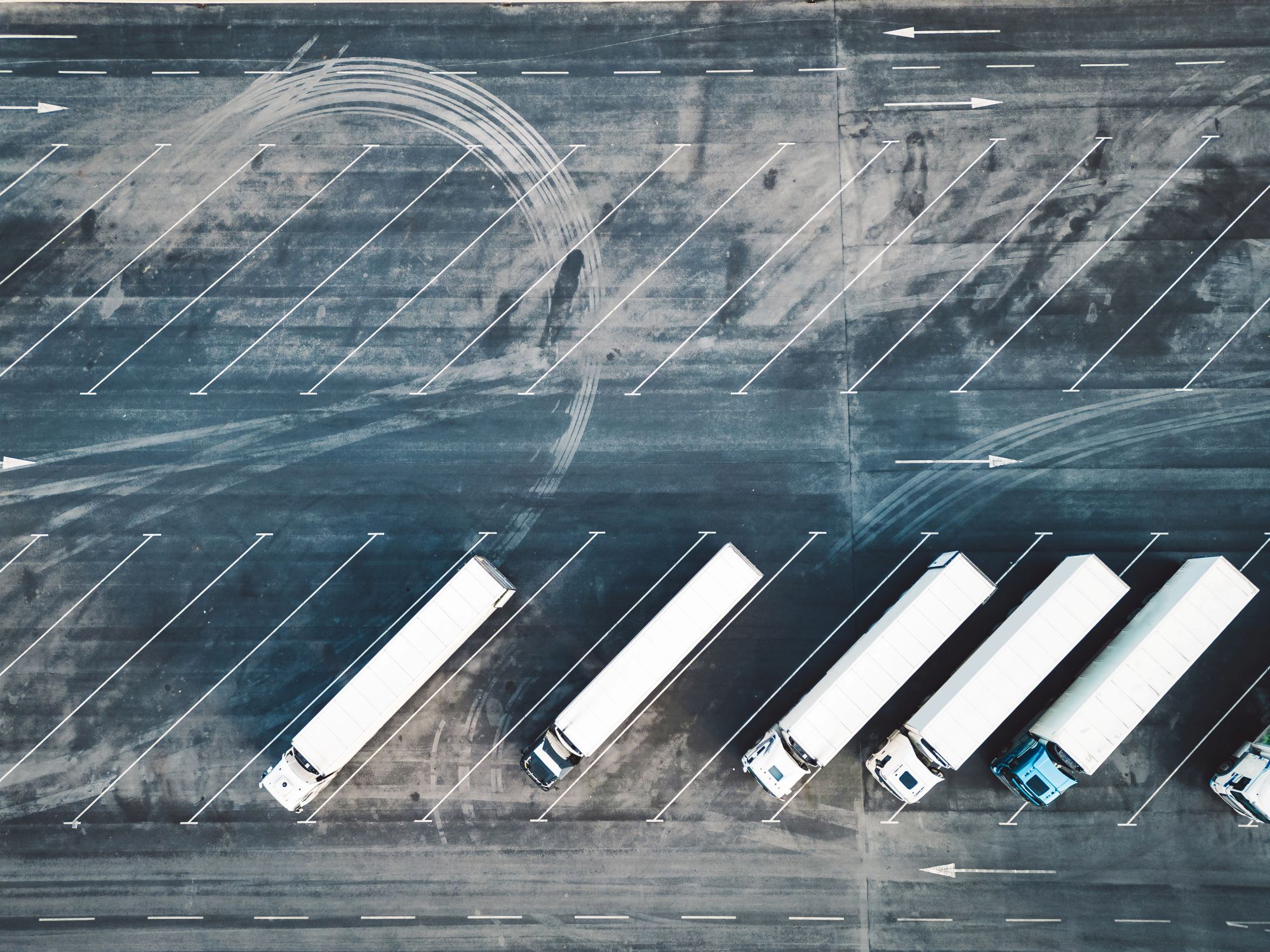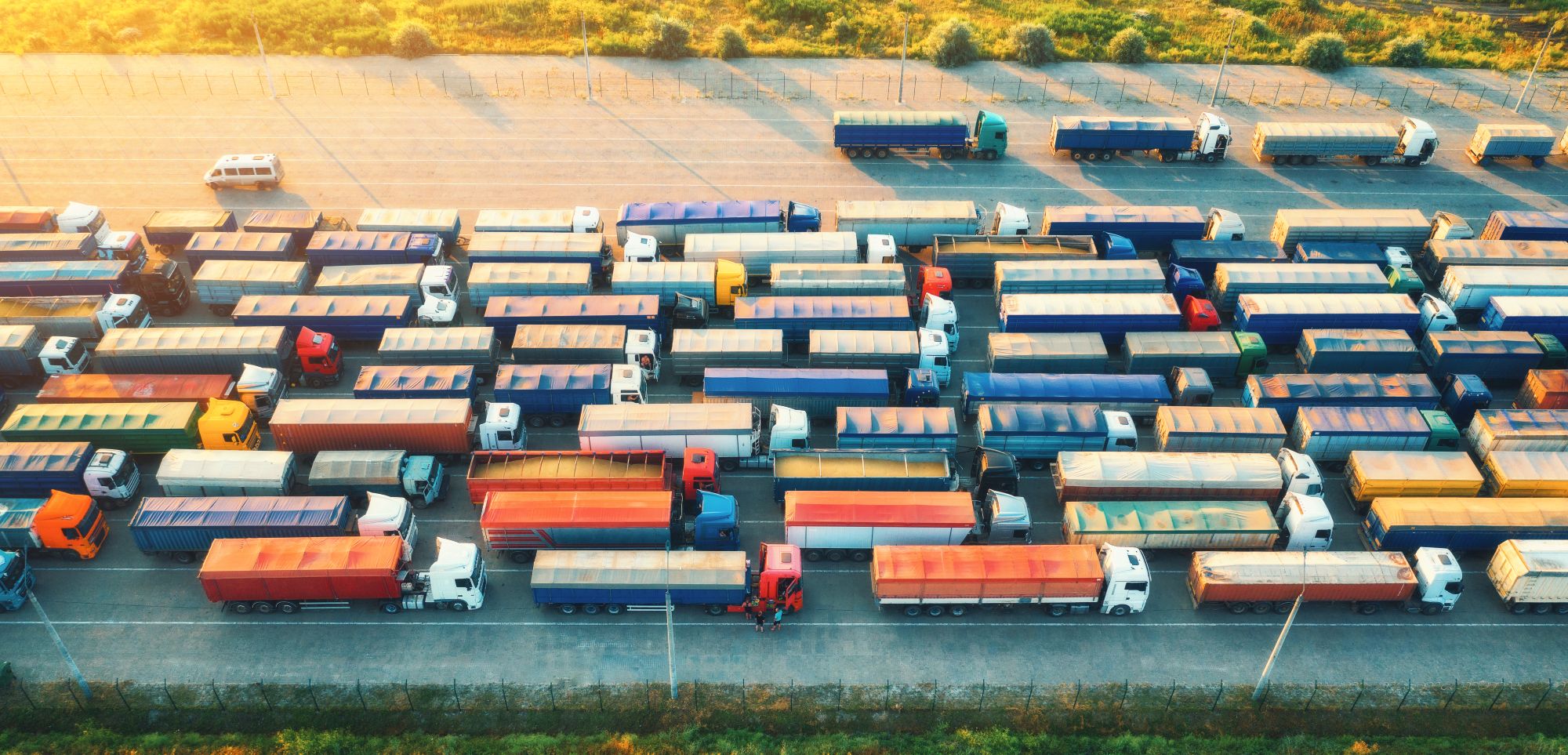
Guest
Alacsony kibocsátású zónák Spanyolországban: Amit a flottaüzemeltetőknek tudniuk kell
Létrehozva: 03. 10. 2025
•
Frissítve: 08. 10. 2025
2025 végére 149 spanyol város - Madridtól és Barcelonától kezdve az olyan turisztikai központokig, mint Valencia, Alicante és Benidorm - korlátozni fogja a nagy károsanyag-kibocsátású járművek közlekedését. A flottaüzemeltetők számára ez új megfelelési kockázatokat, költséges korszerűsítéseket és szűkebb szállítási ütemtervet jelent.
A spanyolországi alacsony kibocsátású övezetek (Zonas de Bajas Emisiones, ZBE) a levegőminőség javítására és a közlekedési kibocsátások csökkentésére irányuló szélesebb körű európai törekvés részét képezik. A zónák már működnek az ország nagyvárosaiban, és akár 200 eurós bírsággal is sújthatók, a szabályok városonként eltérőek.
Ebben az útmutatóban elmagyarázzuk, hogyan működnek a ZBE-k, mely járműkategóriákat érintik, és mit kell tennie az üzemeltetőknek, hogy flottájuk továbbra is közlekedhessen.
ZBE szabályok és járműkategóriák
A ZBE-ket a spanyol törvények értelmében a [50 000 lakosnál] nagyobb városokban (https://transporteprofesional.es/noticias-actualidad-transporte-logistica/transporte-de-mercancias/zonas-de-bajas-emisiones-impacto-y-desafios-para-el-transporte-profesional) (és a 20 000 lakosnál nagyobb, különösen rossz levegőminőségű városokban) vezetik be a városi levegőminőség javítása és az uniós éghajlatvédelmi célok támogatása érdekében.
A ZBE-hez való hozzáférést a jármű környezetvédelmi jelvénye (distintivo ambiental) határozza meg, amelyet a Spanyol Közlekedési Főigazgatóság (DGT) ad ki.
A kategóriák a következők:
Zero (kék jelvény):
Teljes hozzáférés
● 100%-ban elektromos járművek (BEV)
● Hidrogén üzemanyagcellás járművek (FCEV)
● Plug-in hibridek legalább 40 km elektromos hatótávolsággal
Eco (zöld/kék jelvény):
Általában korlátlan hozzáférés
● Standard hibridek (HEV)
● 40 km-nél kisebb elektromos hatótávolságú plug-in hibridek
● Gázüzemű járművek (CNG/LNG/LPG)
C (zöld jelvény):
Belépés bizonyos időbeli/területi korlátozásokkal
● Benzinüzemű járművek: Euro 4/5/6 (jellemzően 2006-tól)
● Dízelüzemű járművek: Euro 6 (jellemzően 2014-től kezdődően)
B (sárga jelvény):
Fokozottan korlátozott, csúcsidőben gyakran kitiltva.
● Benzinüzemű járművek: Euro 3 (jellemzően 2000-2005)
● Dízelüzemű járművek: Euro 4-5 (jellemzően 2006-2013)
Nincs jelvény:
Általánosan kitiltva minden ZBE-ről
● Euro 3 szabvány alatti benzinüzemű járművek
● Euro 4 szabvány alatti dízelüzemű járművek
Az Euro 3 alatti benzinüzemű járművek és az Euro 4 alatti dízelüzemű járművek általában nem vehetnek részt a ZBE-kben, bár a korlátozások városonként eltérőek.
Fontos megjegyezni, hogy a külföldi járműveket a helyi városi tanácsoknál regisztráltatni kell, mielőtt belépnének egy ZBE-be, még akkor is, ha megfelelnek az egyenértékű euroszabványoknak. Regisztráció nélkül a megfelelő járművek automatikus bírságra számíthatnak, ami a Spanyolországban tevékenykedő nemzetközi fuvarozók számára gyakori problémává vált.

ZBE által érintett területek
Madridban és Barcelonában már több éve vannak érvényben ZBE-k, rendkívül specifikus szabályokkal és nagy kiterjedésű területekkel. A rendszer 2025 végére 149 városra fog kiterjedni, beleértve a kisebb városokat és turisztikai célpontokat, mint például Benidorm, Valencia, Sevilla és Alicante.
Egyes városok még mindig bevezetik vagy fokozatosan érvényesítik zónáikat, átmeneti időszakokkal (pl. Valenciában és Benidormban 2025 végéig figyelmeztetések vannak érvényben). Mások, mint például [Málaga] (https://cadenaser.com/andalucia/2025/09/18/malaga-sancionara-en-la-zona-de-bajas-emisiones-a-partir-del-uno-de-diciembre-ser-malaga/), 2025 decemberétől kezdik meg a bírságolást a nem megfelelő járművekre.
Meg kell jegyezni, hogy a városok eltérő szabályokkal rendelkezhetnek, és egyes városok engedélyezik a nem megfelelő járművek használatát alapvető szolgáltatásokhoz, ezért fontos, hogy tisztában legyen az adott város szabályaival, mielőtt járművet küld.
Spanyolország nincs egyedül: Európa-szerte több mint 320 városban működnek jelenleg LEZ-ek, amelyek közül a francia Crit'Air rendszer, a német Umweltzonen és az Egyesült Királyság ULEZ-je a legmeghatározóbbak közé tartozik. A határokon átnyúló fuvarozók számára ez a szabályok, matricák és büntetések olyan sokaságát eredményezi, amely növeli a megfelelési kockázatokat és költségeket.
Mit kell tennie a flottaüzemeltetőknek
Gondoskodnia kell arról, hogy járművein szerepeljen a megfelelő DGT-jelvény vagy nyilvántartás, ha azok külföldi rendszámmal rendelkeznek.
A szabálysértési bírságok összege általában [200 euró/szabálysértés] (https://www.sertrans.es/zonas-de-bajas-emisiones/), bár önkormányzatonként eltérő lehet. Olyan városok, mint Madrid és Barcelona, már megkezdték a bírságok kiszabását az automatikus rendszámfelismerő (ANPR) rendszereken keresztül.
A flottakezelőket érintő kérdések
Flotta megújítása és költségei
Sok logisztikai vállalatnak akadályokkal kell szembenéznie, mivel a régebbi dízelüzemű teherautókat ma már kitiltották vagy korlátozzák a városokból. Valójában [a spanyol teherautó-flotta átlagéletkora 14 év] (https://www.acea.auto/figure/average-age-of-eu-vehicle-fleet-by-country/). Ez azt jelenti, hogy a járművek jelentős része nem felel meg a követelményeknek, és le kell cserélni őket, ha a fuvarozók be akarnak lépni a ZBE-kbe.
A járműárak fokozzák a nyomást: egy elektromos nehéz teherautó háromszor annyiba kerülhet, mint egy dízelüzemű megfelelője, míg a hidrogénüzemű teherautók még drágábbak.
A CETM-Madrid, a Spanyol Teherszállítási Szövetség becslése szerint a madridi székhelyű közúti árufuvarozó cégek összesített kiadásai mintegy 1,3 milliárd euróra rúgnak (https://transporteprofesional.es/ultimas-noticias/cetm-madrid-reclama-modificar-el-calendario-de-acceso-a-las-zonas-de-bajas-emisiones-a-los-camiones), és határidő-kiigazítást és több támogatást kér.
Időtömörítés
Az adatok azt mutatják, hogy a változások hatással vannak a szállítási ütemtervekre. A kísérleti zónákban működő vállalkozások körében nemrégiben végzett felmérés szerint [36,7% számolt be hosszabb szállítási időkről és megnövekedett szállítási költségekről] (https://www.jiem.org/index.php/jiem/article/download/6902/1089).
A torlódások a korlátozott szállítási időszakokban (8-10 óra) is gyakoriak, amikor számos szolgáltató verseng a hozzáférésért. A megkérdezett vállalkozások mintegy 83%-a a megfelelő be- és kirakodóhelyek hiányát is a késések egyik fő okaként említette.
Ez az "időkompressziós" hatás - amikor a szállítások kevesebb órára szorulnak - szűk keresztmetszeteket hoz létre a zónák peremén, növelve a késedelmes érkezések és a megszakadt ellátási láncok valószínűségét.
Személyzeti nyomás
A menetrendi zavarok a járműirányításon túl a munkaerő-gazdálkodásra is kiterjednek. Barcelona megközelítése a ZBE-kkel kapcsolatban jól szemlélteti a kihívást: a város [kétórás éjszakai szállítási résidőket] (https://www.rhenus.group/es/en/rhenus-group/rhenus-in-spain/blog/blog-detail/why-does-barcelona-plan-to-multiply-night-time-deliveries-by-seven-by-2030/) kínál (21:00-07:00) a nappali torlódások csökkentése érdekében, de a spanyol munkaszerződések szerint az éjszakai munkáért járó bér körülbelül 25%-os prémiummal jár.
Ez nehéz választás elé állítja a flottaüzemeltetőket: elfogadják a nappali torlódásokat és késéseket, vagy vállalják az éjszakai üzemeléssel járó munkaerőköltségek növekedését.
A ZBE-k bevezetésének környezeti előnyei
A kihívások ellenére a ZBE-k egyértelmű közegészségügyi előnyökkel járnak. A madridi központi LEZ-ről szóló tanulmányok [jelentős nitrogén-dioxid-csökkentést] (https://eurocities.eu/latest/madrids-lez-clears-the-air/) (NO₂) regisztráltak a zónán belül. Szélesebb körű európai kutatások szerint a koromkibocsátás akár 47%-kal, az ultrafinom részecskék pedig 56%-kal csökkentek a LEZ bevezetését követően.
Ezek a csökkentések közvetlenül a levegő minőségének javulásában, a légzőszervi megbetegedések számának csökkenésében és a kórházi felvételek számának csökkenésében nyilvánulnak meg. A városi lakosok - és a torlódó forgalomban órákat töltő járművezetők - számára az egészségügyi előnyök kézzelfoghatóak, ha kellemetlenek is.
A járművezetők és üzemeltetők támogatása Európa-szerte
"Az alacsony kibocsátású zónák itt vannak, hogy maradjanak" - nyilatkozta Raqual Martinez, a SNAP európai értékesítési vezetője. "A közösségünk számára a kihívás az alkalmazkodás a hatékonyság és a járművezetők jólétének veszélyeztetése nélkül. A SNAP-nál elkötelezettek vagyunk a spanyolországi és európai flották támogatása mellett, segítve őket abban, hogy a szabályozási változásokat működési előnyökké alakítsák."
Bár a LEZ-szabályokat nem tudjuk megváltoztatni, az intruck alkalmazásunk egyszerűbbé teszi az életet az utakon. A sofőrök a segítségével biztonságos teherautó-parkolókat és mosodákat találhatnak és foglalhatnak, láthatják, hogy milyen létesítmények állnak rendelkezésre az egyes megállókban, és megtervezhetik a pihenőszüneteket, amelyek a szűkebb szállítási időablakokhoz illeszkednek - akár Madridba futnak be, akár Barcelonát kerülik meg, vagy hosszabb útvonalakon lépik át a határokat.
Töltse le még ma az intruck app alkalmazást, hogy zökkenőmentesebben működhessen Spanyolország fejlődő közlekedési környezetében.



